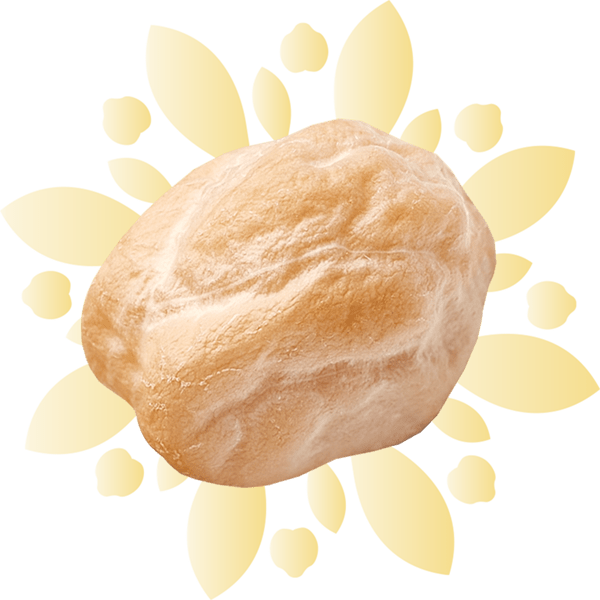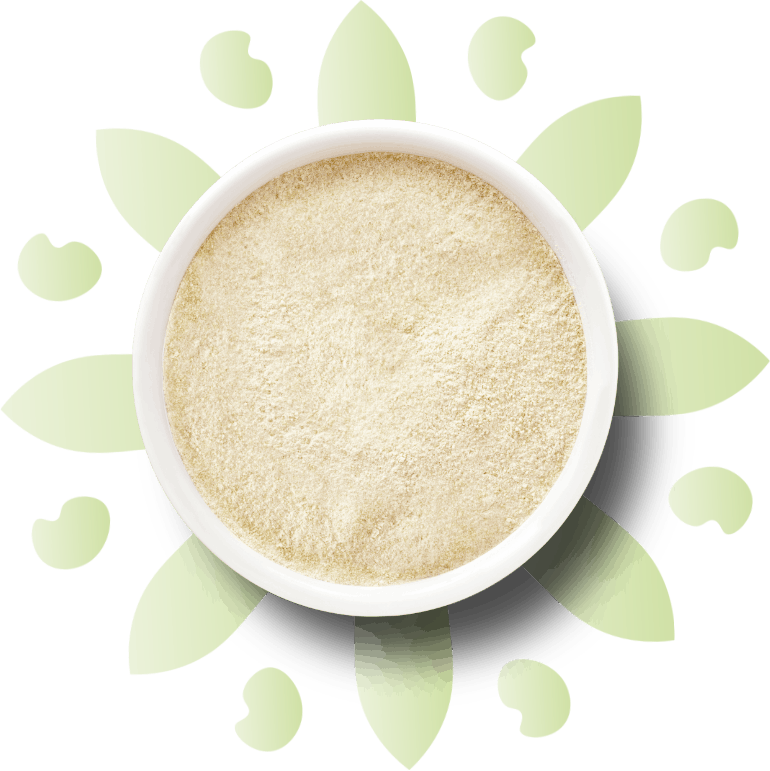A staple ingredient for millennia, what makes the humble chickpea such a powerful proposition for today’s consumers? Paul Donegan, Commercial Development and Marketing Manager at Atura Proteins, explains.
Long history of use
Chickpeas are one of the earliest cultivated grain crops, with an impressive history that can be traced as far as back as 10,000 BC in the Middle East and a tradition of consumption across the world. From early remains in Turkey dating back to 6700 BC, to the works of the Greek poet Homer in 5,450 BC, there is much to suggest these nutritious pulses have been a regular part of our daily diet for more than 5,000 years.
Enduring appeal
Today, chickpeas are one of the most widely consumed foods in the world, grown in over 57 countries and the third largest pulse crop worldwide . Over 2.3 million tons of chickpea enter world markets annually to supplement the needs of countries unable to meet demand through domestic production. Yet although the scale of chickpea production has advanced, the natural characteristics that made the chickpea such a popular ingredient remain its strongest asset. Not least, its role as a ‘nutritional powerhouse’.
Chickpeas & health: pulse protein, fibre and more
High in natural plant protein, chickpeas are also a good source of fibre, polyunsaturated fats, minerals (such as iron, calcium and zinc), as well as vitamins. Looked at in the context of associated health benefits, it’s a powerful combination:
• Heart health: Fibre is known to help reduce ‘bad’ cholesterol and the risk of heart disease. The British Heart Foundation recommends chickpeas as part of the daily diet.
• Weight management: Fibre and protein act as bulking agents in the digestive system; making us feel fuller for longer and helping to reduce calorie intake at meals.
• Gut Health: Soluble fibre (the type found in chickpeas) benefits digestion by increasing the number of ‘good’ bacteria in the gut.
• Blood sugar control: Fibre and protein both play a role in sugar regulation by helping to promote a slow release, rather than a sudden spike. The American Diabetes Association recommends chickpeas as a source of dietary fibre.

But health & wellness isn’t the only positive platform where these versatile pulses shine.
On-trend and in-demand
Chickpeas also tap into some of the wider trends currently influencing consumer purchasing behaviour when it comes to food:
Pulse protein power
One of the most enduring trends of recent times, consumer interest in protein shows no signs of slowing.
Plant-protein alternatives: Ethical, health and environmental concerns have driven a surge in flexitarian, vegetarian and vegan diets; resulting in a booming meat-alternative category.
Sustainable ambitions: Socially aware consumers want to know more about the ingredients that are used in their chosen products.
Consumer-friendly labels: With consumers increasingly checking food labels against a host of personal criteria, those made with natural ingredients that are recognisable – as well as allergen-free, gluten-free and non-GMO – will win approval.
With so much in their favour, it’s not surprising 2021 is forecast to be ‘The Year of the Chickpea’.
To find out how you can use Atura chickpea protein to develop consumer-winning products, please do get in-touch. We’d be delighted to help.






